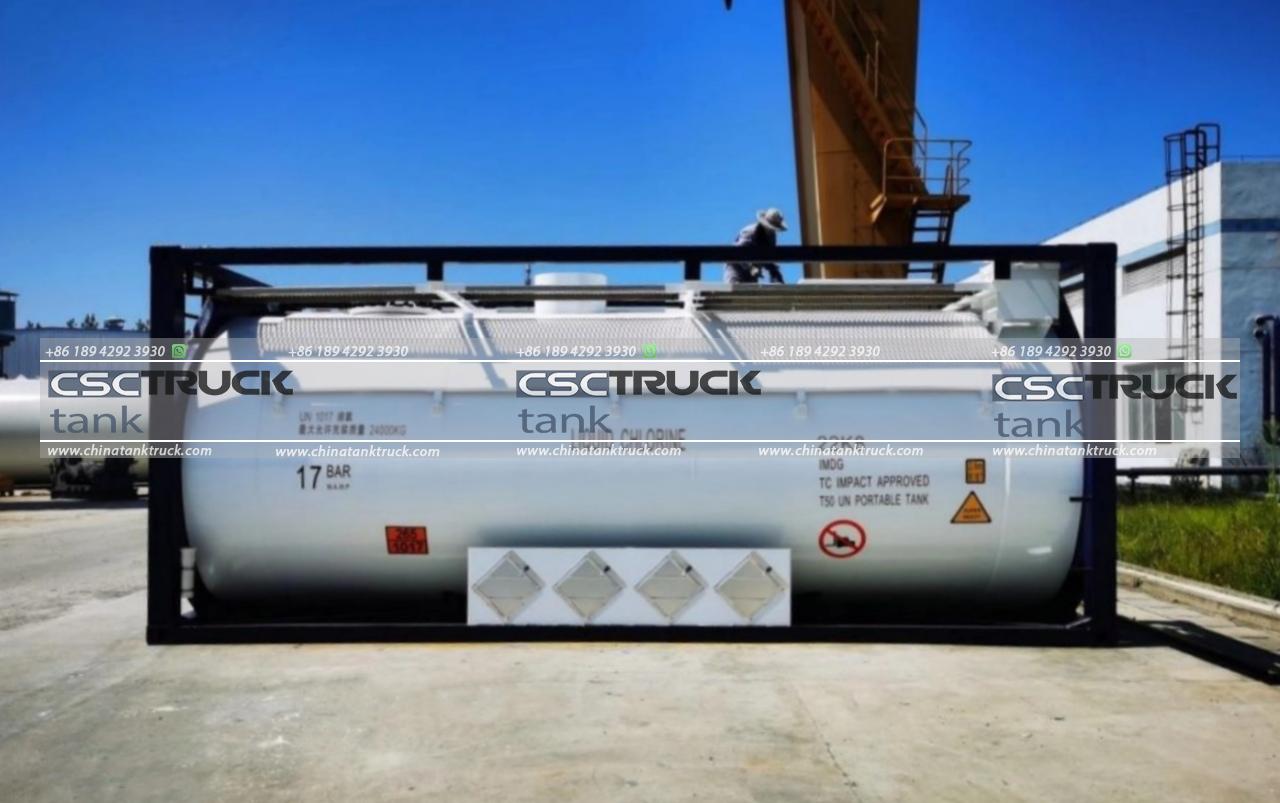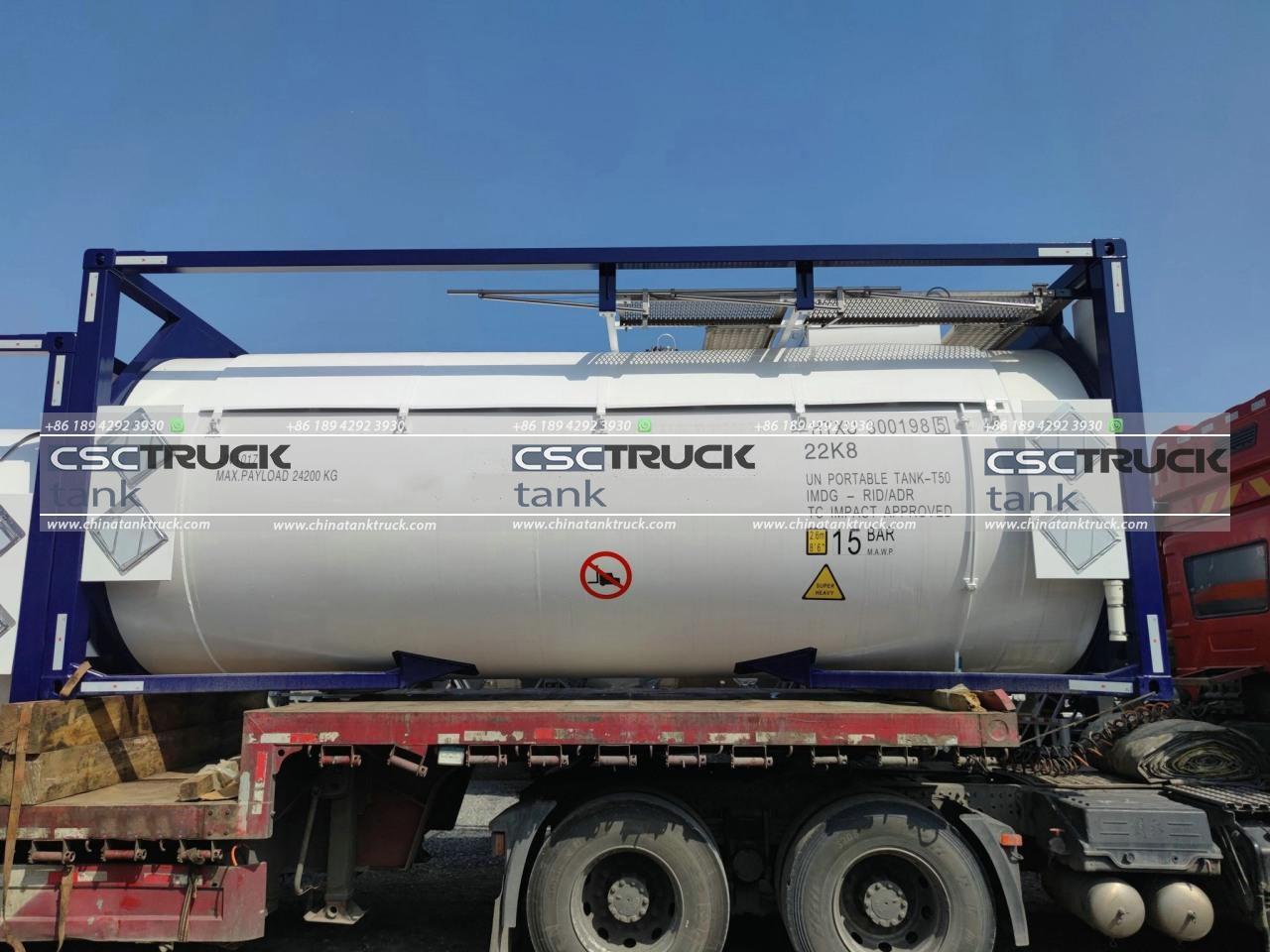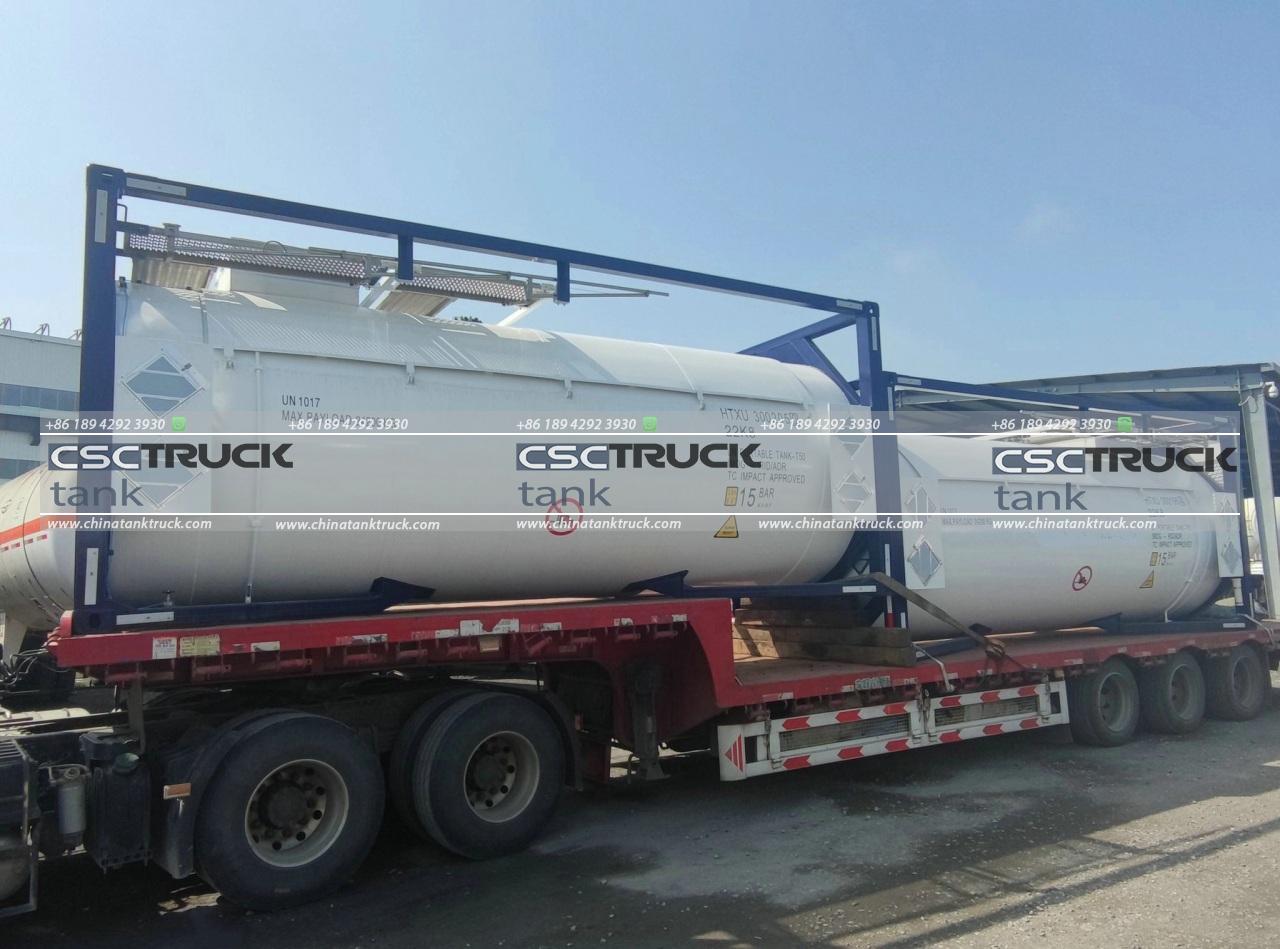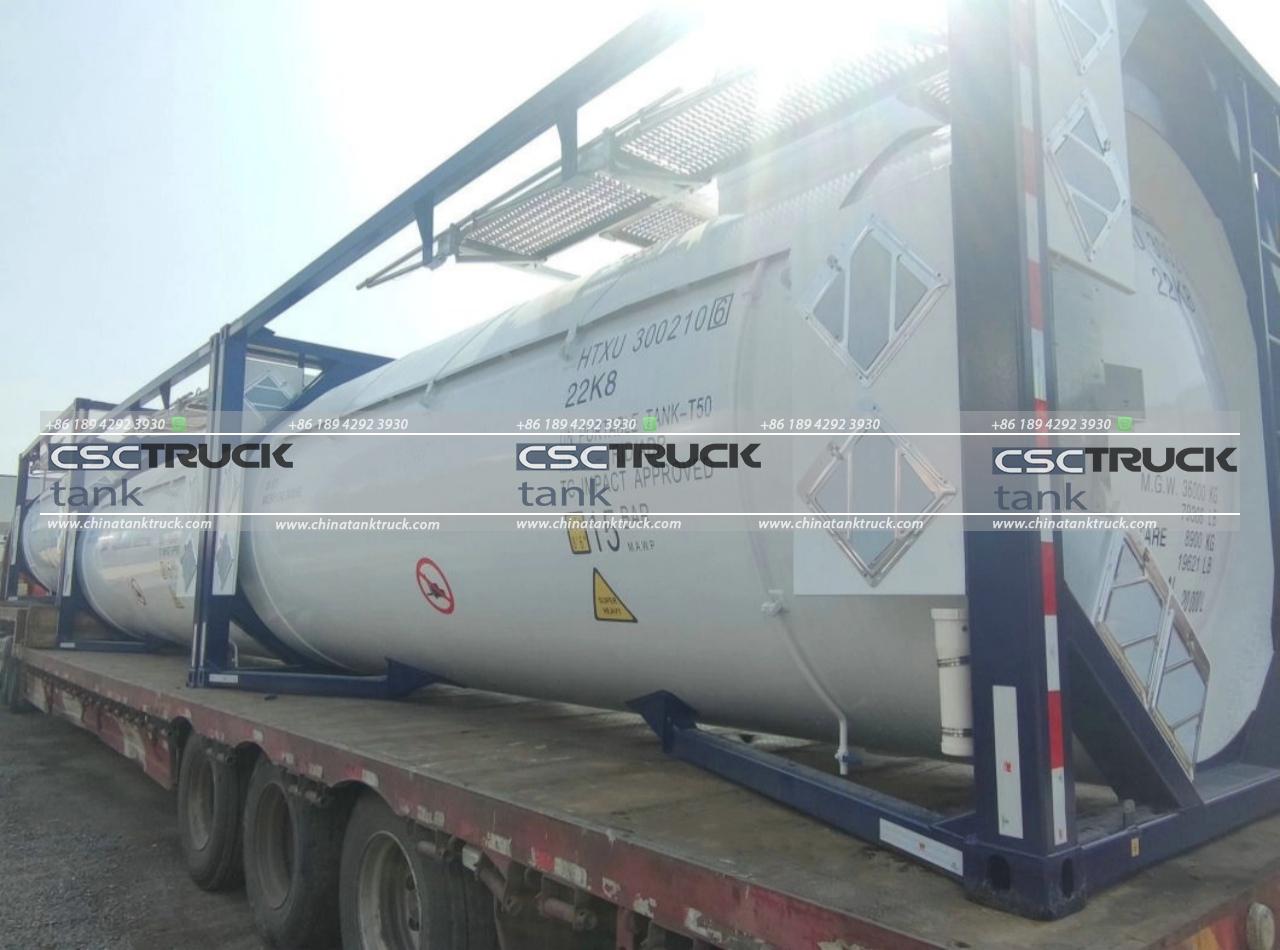What is the Difference Between an ISO Tanker and a Normal Tanker?
In the world of cargo transportation, especially for liquid goods, tankers play a crucial role. These specialized vehicles ensure the safe and efficient movement of various substances, from chemicals and pharmaceuticals to food products and fuels. When discussing tankers, 2 primary types often come into focus: ISO tankers and normal (or conventional) tankers. Though they serve a similar purpose, there are significant differences between the two. This article delves into the distinctions, applications, and advantages of ISO tankers compared to normal tankers.
Understanding ISO Tankers
ISO tankers, also known as ISO tanks or tank containers, are standardized containers used for the transport of liquids. The name “ISO” comes from the International Organization for Standardization, which sets global standards for these containers. The ISO tank is a highly engineered, intermodal container designed to meet rigorous international standards, ensuring safety and compatibility across different modes of transport such as road, rail, and sea.

Key Characteristics of ISO Tankers:
1. Standardization: ISO tankers adhere to standard dimensions, typically 20 feet or 40 feet in length, and have a standardized frame. This uniformity allows for easy handling and transfer between different transportation modes, ensuring efficiency and safety.
2. Construction: An ISO tanker consists of a robust stainless steel tank encased in a protective frame. The stainless steel tank is designed to handle various types of liquids, including hazardous and non-hazardous substances, thanks to its durability and resistance to corrosion.
3. Safety Features: ISO tankers are equipped with various safety features, such as pressure relief valves, overfill prevention systems, and secure fittings to prevent leakage. These features are crucial for handling chemicals and other potentially dangerous liquids.
4. Flexibility: Due to their standardized design, ISO tankers can be used interchangeably for different types of cargo, making them highly versatile. They can also be easily transferred between different modes of transportation without the need for additional handling or repackaging.
Understanding Normal Tankers
Normal tankers also referred to as conventional tankers, come in various designs and configurations tailored for specific types of cargo. These tankers can range from small tank trucks used for local deliveries to large tankers used for bulk transportation across long distances. Unlike ISO tankers, normal tankers are not standardized to the same extent, and their design often depends on the specific requirements of the cargo they transport.

Key Characteristics of Normal Tankers:
1. Varied Design: Normal tankers vary significantly in design and size. They can be specialized for different types of liquids, such as food-grade tanks for beverages or chemical tanks for industrial chemicals. The design is often tailored to the specific cargo and transport conditions.
2. Custom Construction: Conventional tankers may be constructed from a variety of materials, including aluminum, carbon steel, or stainless steel, depending on the type of liquid they are meant to carry. The choice of material affects factors such as durability, resistance to corrosion, and maintenance requirements.
3. Transport Mode Specific: Many normal tankers are designed for specific transport modes. For example, a tank truck is optimized for road transport, while a tank ship is built for maritime travel. This specialization can limit their versatility compared to ISO tankers.
4. Safety and Regulations: Safety features in normal tankers can vary widely. While they are designed to meet safety regulations specific to their intended use, they may not have the standardized safety features found in ISO tankers. This can impact their handling and transport safety.
Comparative Analysis
Standardization vs. Customization: The most significant difference between ISO tankers and normal tankers is the level of standardization. ISO tankers benefit from a global standard that facilitates seamless intermodal transport, while normal tankers often have customized designs tailored to specific needs. This means ISO tankers can be more versatile and easier to manage across different transport methods.
Intermodal Capabilities: ISO tankers are designed for easy transfer between various modes of transport. Their standard dimensions and features allow them to be easily lifted on and off ships, trains, and trucks without the need for repackaging or additional handling. In contrast, normal tankers are often restricted to their specific transport mode, which can complicate logistics when multiple modes are involved.
Safety and Durability: Both types of tankers are built with safety in mind, but ISO tankers generally offer higher levels of safety due to their standardized design and built-in safety features. The robust construction of ISO tankers ensures they can handle a wide range of substances safely, whereas normal tankers may have varying levels of safety features based on their design and intended use.
Cost and Efficiency: ISO tankers can be more cost-effective in terms of logistics and transport efficiency due to their standardization and versatility. Their ability to switch between different transport modes without additional handling can reduce overall transportation costs. Normal tankers, while potentially cheaper to build for specific applications, may incur higher costs in handling and logistics due to their lack of standardization.

Applications and Use Cases
ISO Tankers: Ideal for international shipping and intermodal transport, ISO tankers are commonly used for transporting chemicals, pharmaceuticals, food-grade liquids, and fuels. Their standardized design makes them suitable for global trade, where seamless transfer between different transport modes is essential.
Normal Tankers: Typically used for more specialized or local transport needs, normal tankers are often seen in industries requiring custom designs. For example, tank trucks for local fuel delivery or specialized chemical tankers for industrial applications. Their design can be tailored to specific cargo requirements, offering flexibility where standardization is not a priority.
Conclusion
In summary, ISO tankers and normal tankers serve the crucial role of transporting liquids but differ significantly in design, standardization, and applications. ISO tankers offer a standardized, versatile, and safe solution for global intermodal transport, making them ideal for international trade. On the other hand, normal tankers provide customized solutions tailored to specific needs, often suited for specialized or local transport. Understanding these differences can help businesses and logistics professionals choose the right type of tanker for their cargo, optimizing efficiency and safety in their supply chains.


